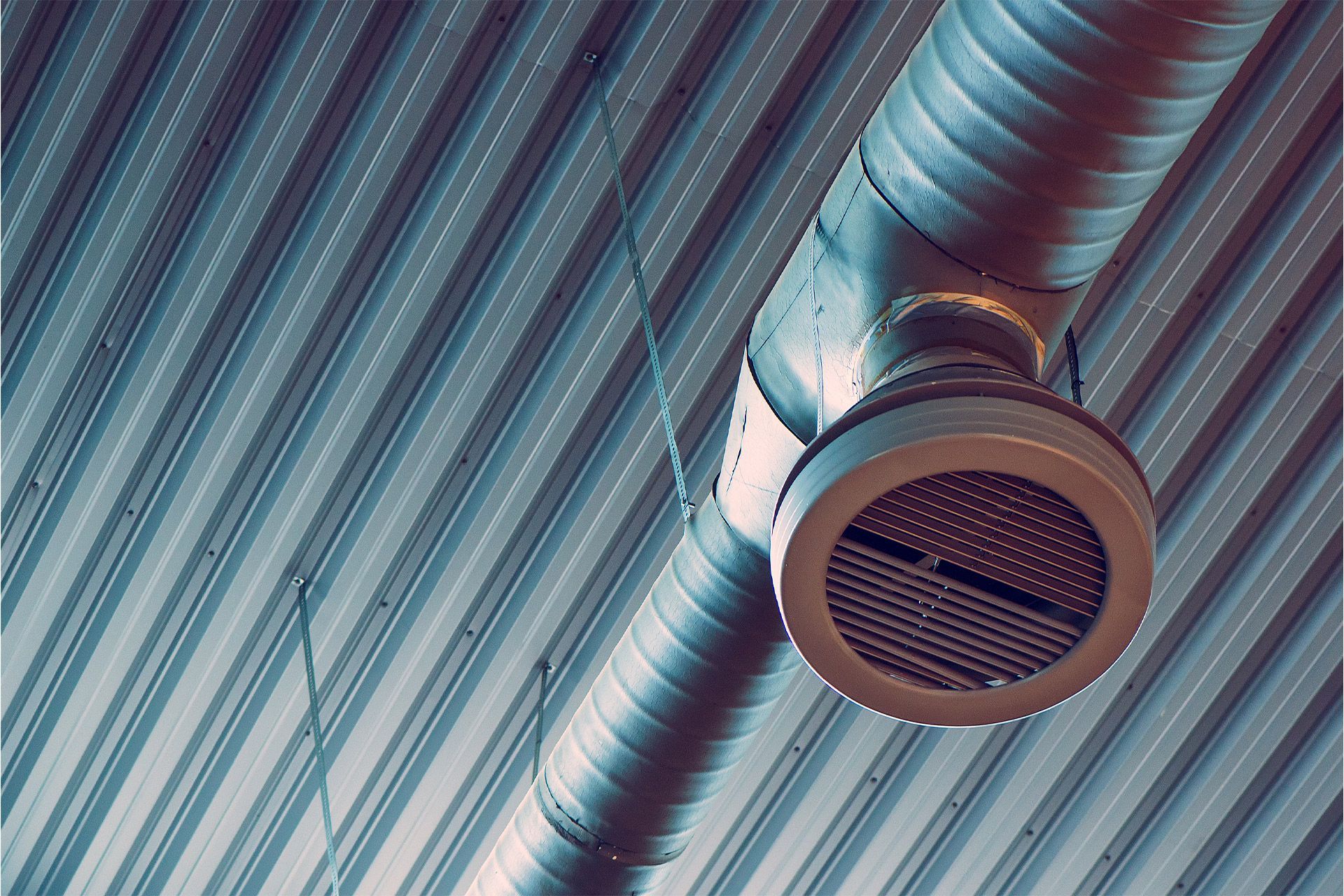Ventilation Systems
Cashins & Associates:
Dedicated to ensuring sufficient, safe air flow throughout your facility.
Building ventilation is required to ensure that occupants get enough fresh air to maintain comfort and dilute contaminants. Excessive or deficient ventilation rates can cause significant problems for a building and its occupants.
Industrial or process ventilation is used to control contaminants generated during or as part of an industrial process. The ventilation can be provided at the source (local exhaust) to control the release of the contaminant or to dilute contaminants that may escape from the process.

Ventilation System Evaluations
To ensure air flows properly throughout your facility, Cashins & Associates:
- Measures the air flow to document current system conditions
- Inspects HVAC systems for cleanliness, number and locations of supply and return ducts, duct velocity, and flow
- Evaluates current hood design and recommend enhancements for improved capture
- Evaluates local exhaust system design for worker protection against process contaminants
- Determines if appropriate make-up air is provided to ensure optimum exhaust ventilation performance
- Makes timely, cost-effective and site-specific recommendations to address any ventilation issues
Industrial Ventilation
In industrial facilities, exhaust ventilation is meant to control toxic vapors and dusts. Proper containment of process contaminants serves to maintain a safe, healthy work environment for employees.
Exhaust ventilation systems must be evaluated on a regular basis to ensure proper design and functioning. Our expert staff can evaluate your industrial ventilation system to ensure that your employees are protected. In many cases we find an excess of ineffective ventilation which wastes energy and increases overhead costs. For example, the operation of exhaust fans utilizes a significant amount of electricity and requires additional heating expenses in the winter.
Commercial Office Buildings
In commercial office buildings ventilation dilutes odors, conditions the air, and filters allergens. A ventilation inspection is a crucial part of any indoor air quality assessment.
Poorly designed or poorly operating ventilation systems cause occupant discomfort that may consist of:
- Occupants feeling too hot or too cold
- The presence of unpleasant odors
- Allergic response due to dust, pollen, or mold
- Headaches and other acute symptoms caused by the buildup of volatile chemicals
- Feeling tired and unproductive
Occupant discomfort reduces employee productivity which in turn reduces operational efficiency and profits. To determine if the ventilation system may be the cause of indoor air quality concerns, our consultants will:
- Inspect the ventilation system to determine if the system is clean and operating properly
- Measure the airflow that the system is currently delivering
- Inspect the complaint area for proper supply and return air distribution
Many ventilation problems, if discovered early on during design or installation, can be remedied fairly easily and inexpensively. Allowing HVAC systems to operate unchecked, however, can result in reduced productivity and increased monetary expense. By having Cashins inspect and assess the ventilation system at the first signs of HVAC or indoor air quality problems, these negative results may be avoided.

